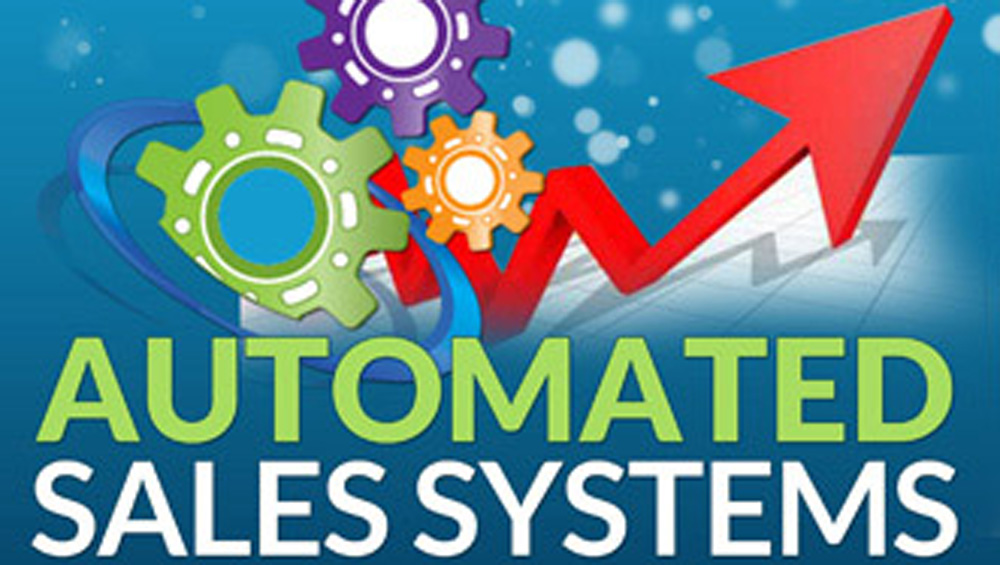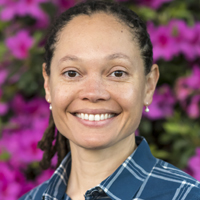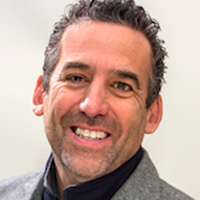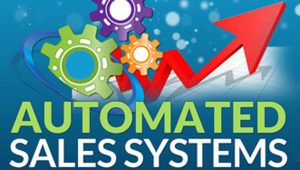
Automated Selling Is Coming — With A Price Tag

Work on automated spot sales is progressing to the point where some broadcasters’ concerns are shifting from the how to the how much.
Automated selling promises to reverse the long decline in national spot by making it faster and less costly for media agencies to buy it.
But there is a catch. Developers of the software or platforms that make it all possible will be demanding a small percentage of the business they handle. Sources say their cut could add up to 1.5%.

Frank Friedman of Scripps
“Can we get all the friction pushed out with a fair allocation of tolls and final costs that don’t upend all of it?” asks Frank Friedman, VP of local media consumer engagement at E.W. Scripps, who has been deeply involved in automation development. “That is the key question here.”
With broadcasters’ ringing up several billion in national spot sales each year, the automation fees could quickly run into tens of millions of dollars. For instance, $6 billion in automated national sales would generate $90 million in fees at just 1.5%.
“Additional fees will be a concern as more and more platforms gain acceptance,” says another station executive who asked for anonymity.
It’s not just the sell-side platforms like WideOrbit and Videa that will be dipping into the flow of dollars. Agencies also pay for access to planning platforms MediaOcean and/or FreeWheel (Strata) — fees that get passed along to stations, sources say.
Agencies also pay fees to use buy-side and sell-side platforms, although they are lower than what stations pay.
Kathy Doyle, EVP, local investment at the agency Magna Global, is willing to pay the price. However, she says, “if you’re on the station side, and one of your agencies goes with one platform and another goes with another and they’re all charging fees, I can definitely see where that could get unmanageable.”
Her agency is funneling almost all its spot transactions into one buy-side platform — Hudson MX.

Shereta Williams of Videa
None of platforms would discuss their pricing for this story. But Videa President Shereta Williams says the “fees are low, given the scale,” noting that there will be only two or three companies, at most, involved in any one automated transaction. “We aren’t at a point of adoption where you can see all the benefits.”
Not all broadcasters are worried about the fees.
Asked if he thought the fees could undermine the value of automated platforms, Rob Weisbord, chief revenue officer of Sinclair Broadcast Group, says he “doesn’t see that happening.
“It’s a very costly proposition to reconcile invoices and preempts. And these systems will allow that friction to disappear. So, it will be easier [for advertisers] to justify putting more money back on the broadcast side.”
Fees aside, broadcasters are encouraged by the progress being made in spot automation. The various platforms are learning to “talk” to one another and to handle the complicated tasks like those involving makegoods.
“The adoption across all the agencies, and the dollars they’re transacting in these platforms, is much greater than what I could even have dreamed of,” says Friedman.
“I thought we could move the industry to maybe put a couple of billion dollars into these platforms by the end of ’19. Now I think it’s going to be $5 billion, maybe $6 billion.”
Significantly, the buy-side platform Hudson MX is now seen as an ally by sell-side platforms like WideOrbit and Videa.
And the agency pre-buy system MediaOcean has links to all three of those platforms as well as ProVantageX, which works on both the buy and sell sides.
MediaOcean’s rival, FreeWheel, is working with Videa and in talks with other platforms about alliances as well, sources report.

Rob Weisbord of Sinclair
“It’s a big deal,” says Gary Macko, VP of sales at Graham Media Group, speaking of the way FreeWheel and MediaOcean’s systems are starting to “shake hands” with the automation platforms. “You’re always looking for the ability to connect dots.”
What’s more, many station groups are now sending daily spot log times through automated platforms, speeding up what had been a laborious process of determining when and where spots have run.
Videa, for example, is now processing log times in about 24 hours, says Archie Gianunzio, VP sales and marketing at the company.
“The issue generally has been that the notification of a spot being missed, or being bumped, takes some time to get from the traffic system to the NSA [national sales associate] to the rep firm and then to the buyer. And then, similarly coming back the other way,” says Gianunzio.
Agencies have reportedly started using Hudson’s software to define the business rules around makegoods — in other words, the criteria that agencies would use to determine what replacement avails would be acceptable for spots that drop out of station schedules, or don’t meet audience guarantees.
Working with other stakeholders, Hudson is expected to roll out automated makegood capabilities later this year, most likely during the summer, according to a source.
WideOrbit is in the early adopter stage of automated makegoods right now, and expects a full rollout by year’s end or early 2020.
“As an account executive, I probably spent 40% of my time trying to keep up with makegoods,” says Mike Zinmeister, who’s now chief revenue officer at WideOrbit. “I’ve been in this industry for 20 years and [automated makegoods] are the most exciting thing I’ve worked on.”
Gianunzio reports Videa is on a similar timetable.
ProVantageX “has a whole suite of stewardship software — all the makegood software — which is ready to be implemented for the second half of 2019,” says Alan Walz, EVP and chief marketing and research officer for parent company ITN Holdings.
 Premium Media 360 is also adding an element of speed. The company helps with the reconciliation process, to make sure what agencies order actually was delivered.
Premium Media 360 is also adding an element of speed. The company helps with the reconciliation process, to make sure what agencies order actually was delivered.
“We automatically scrub the pre- and post-log data with the agency business rules. We can tell the broadcasters right away if it doesn’t meet an agency’s rules,” says Joan FitzGerald, SVP of advanced TV.
There’s yet another plus to automation: Doyle reports the automated systems are helping agencies unpack the deluge of new audience data coming in from former diary markets, which are now measured monthly.
J.T. Batson, founder and CEO of Hudson MX, credits the TIP Initiative of leading broadcasters. While they not universally accepted, the API standards developed by TIP are making it easier for the systems to speak the same “language” and interact as a transaction passes from one system to another. That reduces discrepancies and speeds up the whole transaction process.
That doesn’t mean that transactions are moving toward an instantaneous state.
Today, using current manual processes, it can take two weeks to buy a spot and get it on the air, says James Southern, a principal of Frontrow Advisory, which is helping the TVB shepherd the TIP Initiative.
“Digital takes a couple of minutes. We don’t plan to get down to a few minutes. But being able to shorten the sales cycle to maybe three days to on-air is a goal for local broadcast.”

































Comments (0)